The Black Lives Matter movement gained extensive support after a horrific video was released back in May. In the footage, a Georgia man named Ahmaud Aubery was shot while jogging by a white man who was self-policing his neighborhood. The outrage from this act of injustice helped the modern civil rights movement quickly gain momentum.
After the details of Aubery’s murder spread around the nation, more cases came to the surface, including the murder of Breonna Taylor in mid-March. On May 25th, George Floyd was brutally murdered by the police in Minneapolis, Minnesota, after a store clerk claimed he had passed counterfeit money. These examples of American police brutality sparked nationwide protests and initiated calls to “defund the police.”
Some citizens see the unrest as destructive, while others see it as a moral duty to create change.
Last month, Jacob Blake, a 29-year-old unarmed man, was shot by police in front of his own children. The people of Kenosha, Wisconsin, the setting of the altercation, took to the streets.
“The mayhem followed a familiar pattern, with daytime protests devolving into night-time looting and arson,” said James S. Robbin of USA Today.
On the other hand, peaceful protests have been utilized by many groups in order to speak out against police brutality. Video footage of an NYPD police car striking down protesters gained national attention the first week of June. Another video surfaced of a man bleeding from his skull after being pushed over by cops.
Even non-participants have been hurt by the police during these protests. Photojournalist Linda Tirado was covering a Black Lives Matter protest when she was shot in the eye with a rubber bullet. Fortunately, Tirado’s right eye was spared, so the injury was not career-ending. Over two dozen journalists have experienced similar violence at such demonstrations.
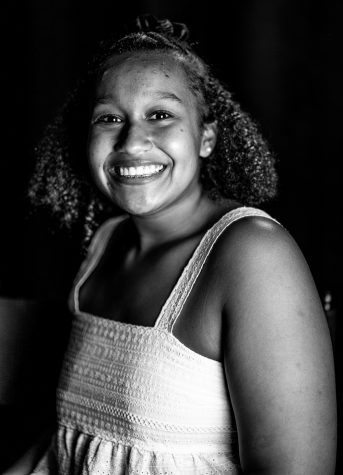
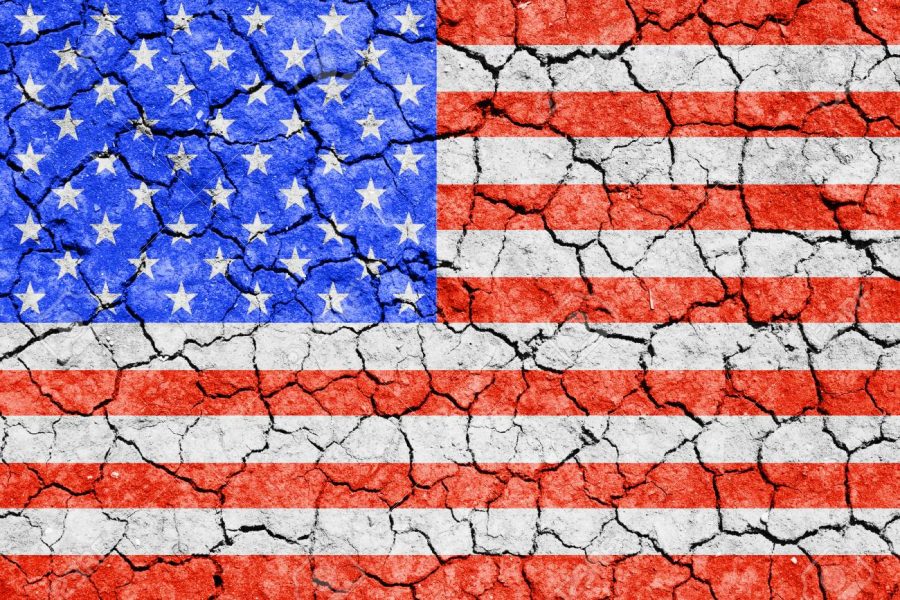
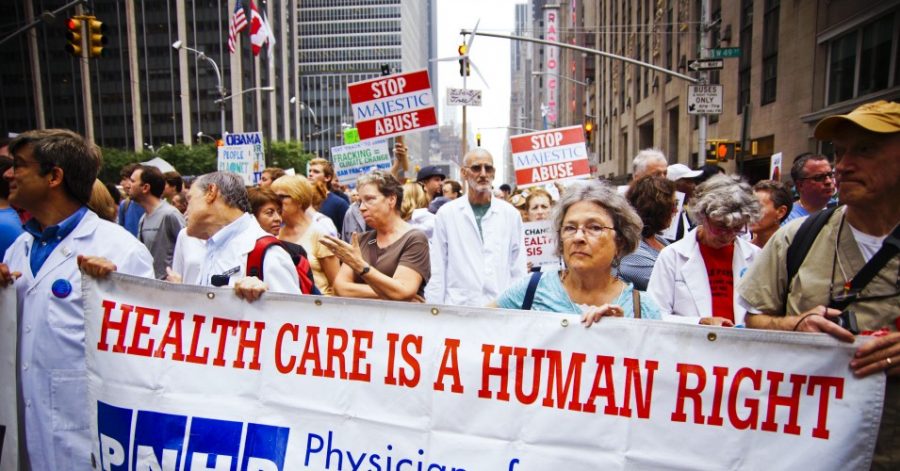
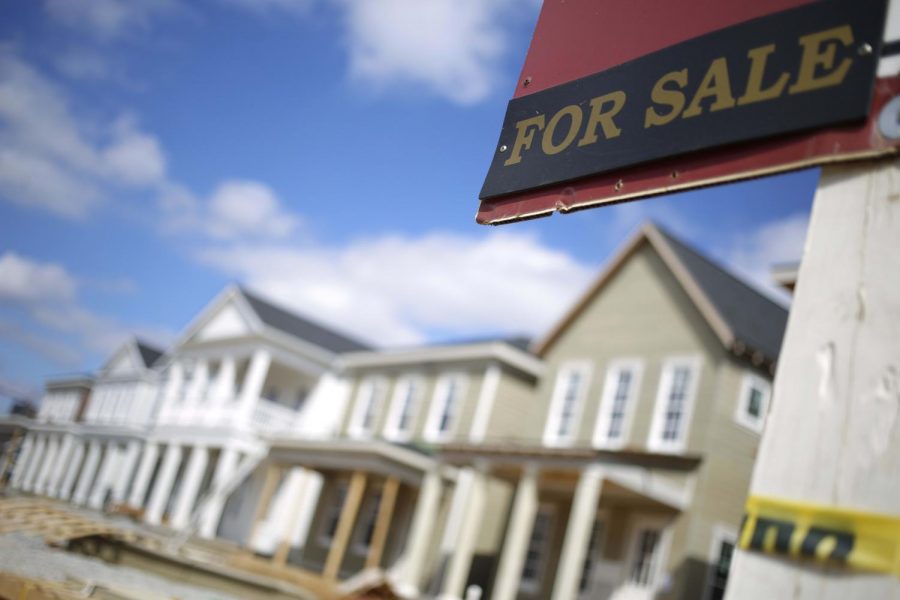
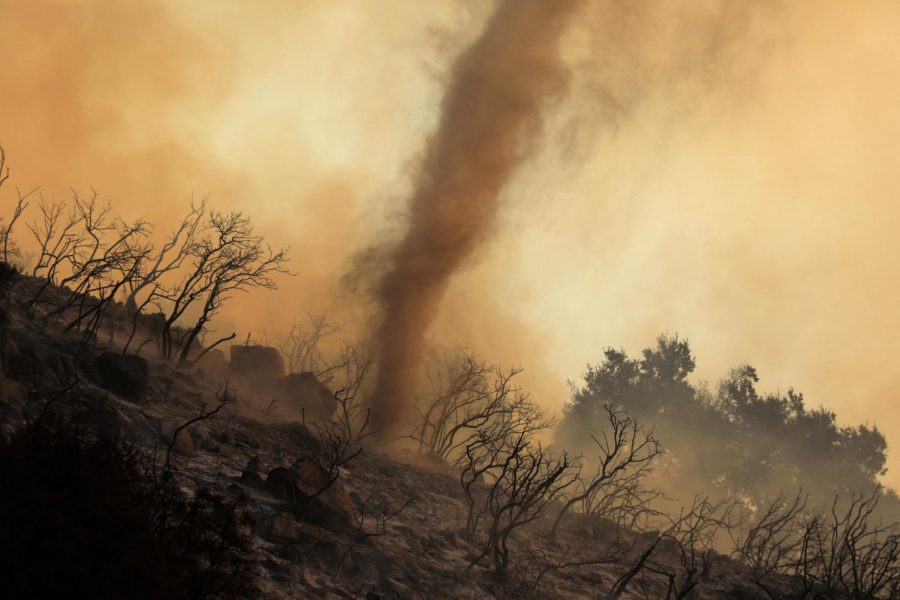
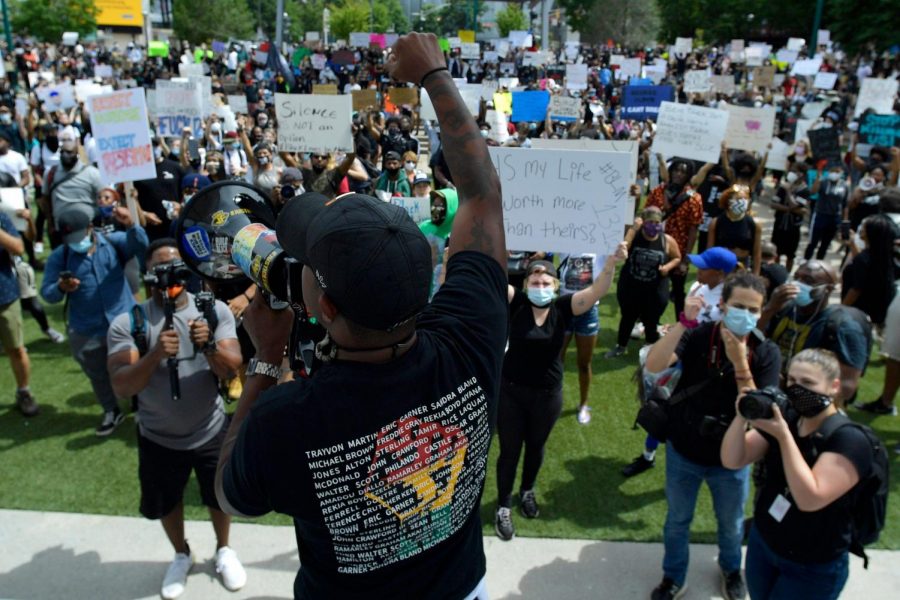

Mike Lyons • Sep 23, 2020 at 7:22 pm
Jordan, this is a well-written and thought-provoking article that is also well-sourced. We need more of this type of writing in our schools, community, and country.